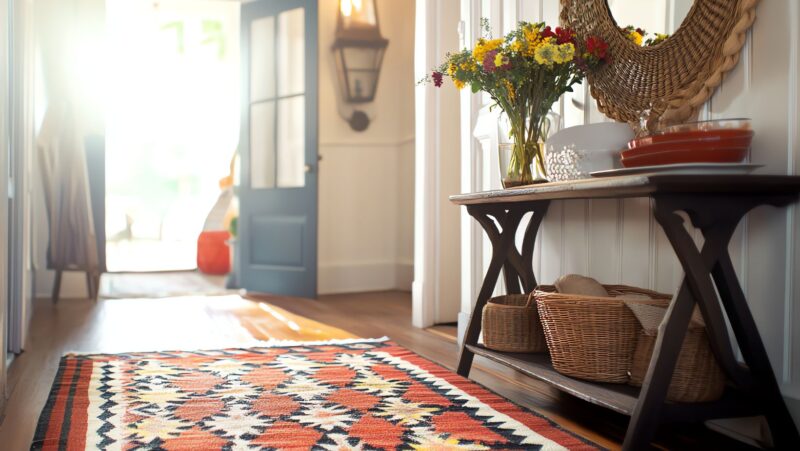Walk into a beautifully styled boutique, and you might find yourself thinking, “Why doesn’t my home feel like this?” The truth is, many of the visual cues and spatial strategies used in retail environments translate seamlessly into residential interiors. For today’s interior designers, borrowing from the world of retail styling can lead to spaces that are not only more cohesive and intentional but also more emotionally engaging.
Table of Contents
ToggleRetail as a Laboratory for Emotional Impact
Retail spaces are designed to evoke an immediate response. Whether they draw attention to a new collection or guide a shopper through a store, the layout, lighting, and layering all serve a purpose: to create connection. Interior designers who pay attention to those techniques can reimagine homes that feel just as curated and magnetic.
Elements like dramatic focal points, considered product placement, and intentional lighting can transform a living space. Even subtle retail techniques—like using pedestals or open shelving to highlight personal objects—can elevate everyday interiors into spaces that tell a story.
Why Designers Should Think Like Visual Merchandisers
Visual merchandisers are storytellers. They know how to build vignettes that guide the eye, stir desire, and move people to engage. Applying that same discipline to residential design helps homeowners experience their space in layers, not all at once. A room becomes more than just functional; it becomes immersive.
This is especially effective in open-plan homes, where visually defining zones is key. Designers can use retail strategies like sightline control, vertical balance, and seasonally updated accents to shift a room’s energy throughout the year.
When Commercial Experience Informs Residential Warmth
Some interior design firms work across both residential and commercial spaces, and it shows. Companies like Sacksteder’s Interiors, for example, bring decades of experience in retail styling to their private client projects. That cross-pollination results in homes that feel styled, not staged: thoughtful, layered, and effortlessly inviting.
Their approach reflects a broader shift in the design world: homeowners are increasingly seeking interiors that reflect boutique-level polish without sacrificing personal comfort. It’s not about trends—it’s about how a space feels when you walk in.
Practical Tips for Borrowing from Retail Design
- Use Repetition with Intention: Retail displays often repeat elements to reinforce a theme. In residential spaces, repeating textures, colors, or materials build cohesion and calm.
- Focus on Focal Points: Every boutique knows the power of a well-lit centerpiece. Consider how entryways, fireplaces, or bookcases can become your room’s visual anchor.
- Keep It Dynamic: Just like shop windows rotate seasonally, don’t be afraid to update throw pillows, artwork, or accessories a few times a year to refresh the space.
- Let Lighting Tell a Story: Layered lighting is crucial in both retail and residential design. Ambient, task, and accent lighting should work together to create mood and dimension.
- Curate, Don’t Crowd: Retail pros know when to stop. Give your rooms breathing space so each design element can shine.
A Blurred Line with Beautiful Results
The future of residential design is about experience as much as appearance. By applying the principles of retail styling—cohesion, curation, and emotional storytelling—designers can create homes that don’t just look good, but feel unforgettable.
And for firms that have honed those skills across sectors, the transition from showroom to living room is a natural one.






